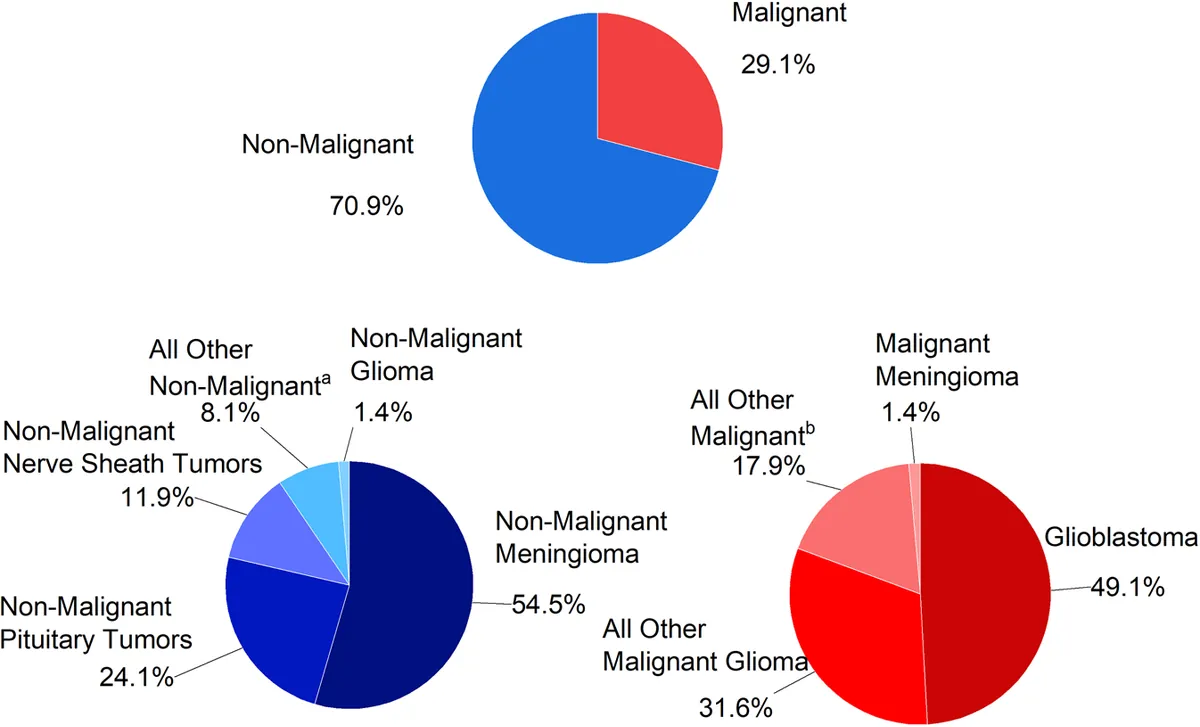WHO Study Debunks Mobile Phone-Brain Cancer Link After 5-Year Research
A comprehensive WHO-commissioned study finds no connection between mobile phone use and brain cancer. Australian scientists analyzed 5,000 studies, concluding that increased wireless technology hasn't led to more brain tumors.

A major five-year study commissioned by the World Health Organization (WHO) has concluded that mobile phones do not cause brain cancer. This comprehensive research, conducted by Australian scientists, analyzed 5,000 studies and found no evidence linking wireless technology to an increase in brain tumors or cancer incidence.
The study, initiated in 2019, comes 51 years after the first mobile phone call was made by Motorola engineer Martin Cooper on April 3, 1973. Since then, mobile technology has become ubiquitous, with over 7 billion mobile phone subscriptions worldwide as of 2024. Despite this widespread adoption, brain cancer rates have remained stable.
Associate Professor Ken Karipidis from the Australian Radiation Protection and Nuclear Safety Agency (Arpansa) stated, "The evidence from studies on humans does not show that mobile phones or other wireless equipment cause cancer." This conclusion aligns with the fact that brain cancer accounts for only about 2% of all cancers diagnosed globally each year.

The research team addressed previous concerns, including the 2013 statement by the International Agency for Research on Cancer (IARC) that electromagnetic fields from mobile phones could "possibly" cause cancer. The new study found that earlier research often relied on biased self-reporting of phone use by individuals seeking explanations for their tumors.
It's important to note that mobile phones emit non-ionizing radiation, which differs from the ionizing radiation of X-rays or gamma rays. This type of radiation cannot break up molecules or damage cells. The study also revealed that mobile phone use is about one-third of the radio wave exposure limit set by Arpansa in 2021, while Wi-Fi exposure is approximately 100 million times below this limit.
Professor Mark Elwood of the University of Auckland, a co-author of the study, emphasized, "We found no increased risk, even with 10-plus years exposure and the maximum categories of call time or number of calls." The research also examined potential risks for children and occupational exposures, finding no increased dangers.
While this study primarily focused on cancer risks, it's worth noting that other potential health effects were not ruled out. A Swiss study conducted last year suggested that men who used their mobile phones more than 20 times a day had a 20% lower sperm count than those who used them just once a week.
The WHO's International EMF Project, established in 1996 to assess health risks from electromagnetic fields, continues to monitor research in this area. As mobile technology evolves, including the introduction of 5G networks, ongoing studies will be crucial to ensure public safety and address concerns about electromagnetic hypersensitivity, a claimed sensitivity to electromagnetic fields that is not scientifically proven.
In conclusion, this extensive WHO-commissioned study provides reassurance about the safety of mobile phone use concerning brain cancer risk. However, as with any technology, responsible use and continued research remain important for understanding long-term effects on human health.
"It's important for us to continue our research, however, we can be quite confident there is no association between mobile phone use and brain tumours. Exposure to radio waves from wireless technology is not a human health hazard."


































